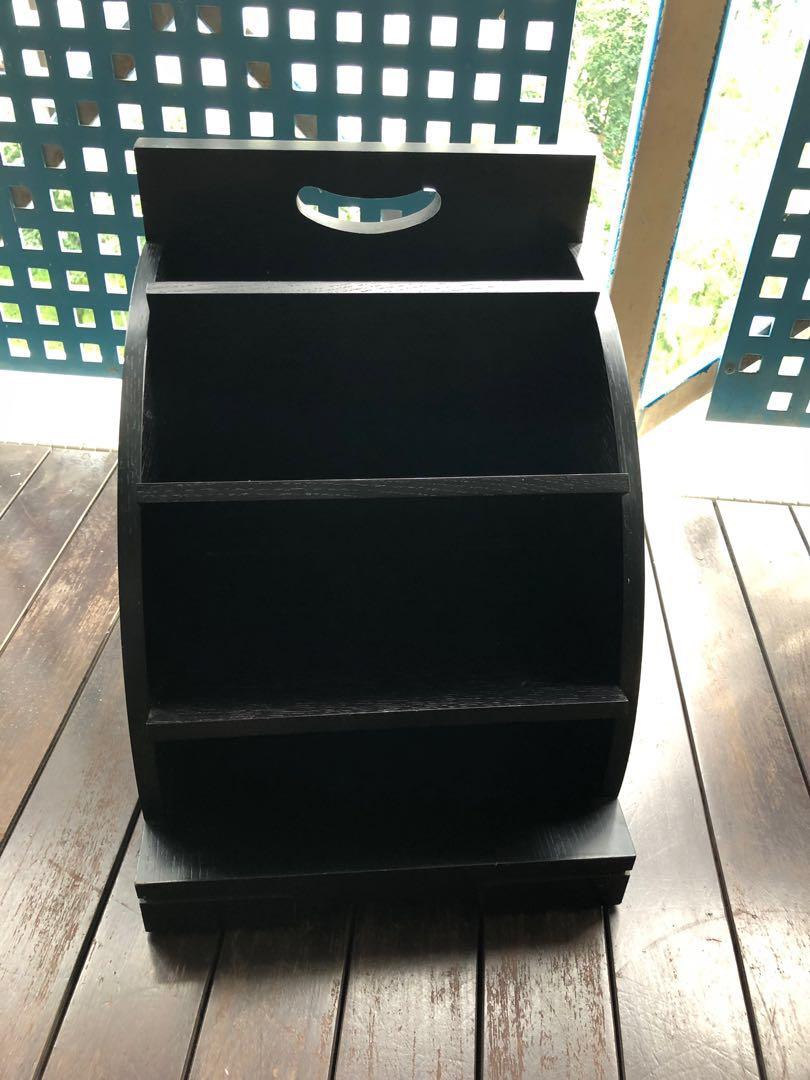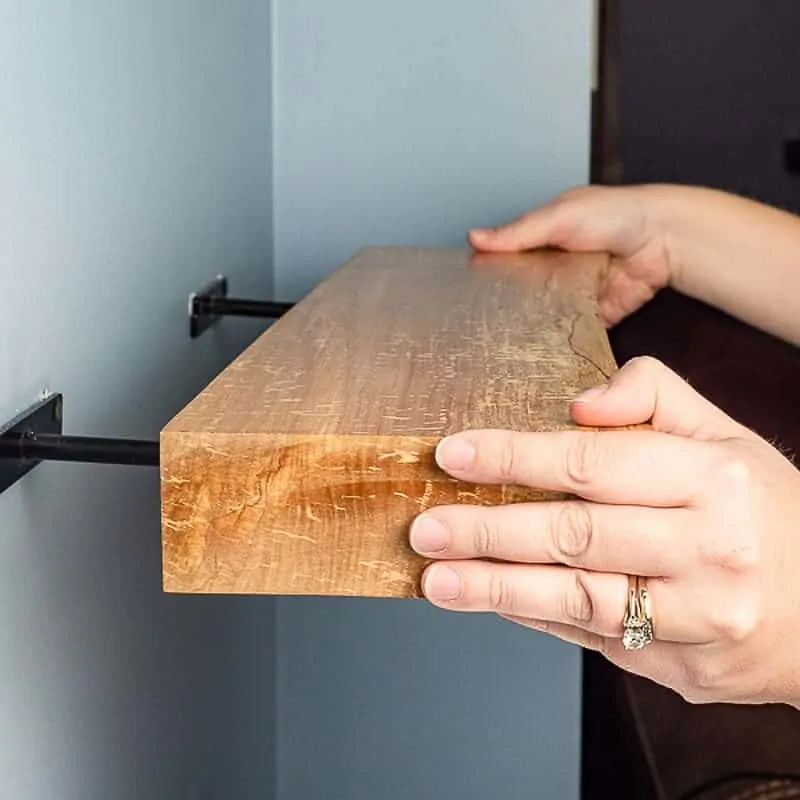
How to Make Floating Shelves with Simple Woodworking Techniques
Floating shelves, also known as wall-mounted shelves, are a popular choice for home decor, offering a stylish and functional way to display items, books, or even plants. Unlike traditional shelves supported by visible brackets or legs, floating shelves create the illusion of items being suspended in mid-air, adding a touch of modern elegance to any space. While they might seem complex to construct, making floating shelves is surprisingly simple, even for beginner woodworkers, with just a few basic woodworking techniques and readily available materials.
This guide will provide you with a step-by-step walkthrough, covering everything from choosing the right materials and tools to assembling and installing your very own floating shelves. By following these instructions, you can create personalized and stunning floating shelves that perfectly complement your home decor, turning a simple DIY project into a rewarding experience.
Choosing the Right Materials and Tools
Before you start, gather the necessary materials and tools for your floating shelf project. This will ensure a smooth and efficient process.
Materials:
- Wood: Select a wood type that suits your aesthetic preference and desired durability. Popular choices include pine, maple, oak, or walnut. For a more budget-friendly option, consider plywood or MDF.
- Wood Stain or Paint: Opt for a stain or paint that complements your home decor and desired aesthetic.
- Wood Glue: A high-quality wood glue is essential for secure bonding.
- Wood Screws: Choose screws that are appropriate for the thickness of your wood and the weight your shelves will support.
- Wall Anchors: Select anchors that are compatible with your wall type and the weight of your shelves.
- Measuring Tape: Precise measurements are crucial for accurate cuts and proper installation.
- Level: Ensure your shelves are perfectly aligned and horizontal.
- Pencil: Mark cutting lines and shelf placement.
- Safety Glasses: Protect your eyes from flying debris during cutting and sanding.
- Dust Mask: Minimize dust inhalation while sanding and cutting.
- Sandpaper: Smooth out rough edges and prepare surfaces for finishing.
- Finishing Oil or Varnish (Optional): Enhance the appearance and protect the wood.
Tools:
- Saw: Choose a saw that can accurately cut your wood to the desired size. This could be a table saw, circular saw, or jigsaw, depending on your preference and available tools.
- Drill: Use a drill to create pilot holes for screws, preventing wood splitting.
- Screwdriver: Securely fasten screws to attach shelves and support brackets.
- Clamps: Secure wood pieces during gluing and ensure a tight fit.
- Router (Optional): Create decorative edges or rounded profiles on your shelves.
Building the Floating Shelves
Once you have your materials and tools ready, you can begin building your floating shelves.
Step 1: Measure and Cut the Wood
Start by determining the dimensions of your shelves. Measure the space you want to cover and decide on the desired width and depth of the shelves. Consider the items you plan to display when determining these dimensions.
Using your measuring tape and pencil, mark the cutting lines on your wood planks. Carefully cut the wood according to your marked lines using your chosen saw. Ensure your cuts are precise and clean for a polished look.
Step 2: Sand the Wood
Sanding the wood is crucial for creating a smooth surface and eliminating any imperfections. Use sandpaper to smooth out any rough edges, saw marks, or inconsistencies. Start with coarser sandpaper and gradually move to finer grits for a smoother finish.
Sanding helps to prepare the wood for finishing, whether you plan to stain, paint, or leave it natural. Remember to sand in the direction of the wood grain for a consistent and even finish.
Step 3: Create the Support Brackets (Optional)
While you can purchase pre-made shelf brackets, you can also create your own for a more customized look. The brackets act as the hidden support system for your floating shelves. They are typically rectangular pieces of wood that are attached to the wall and the underside of the shelves.
To create brackets, cut two pieces of wood to the desired length and width. These pieces will be attached to the wall and the underside of the shelf. Cut another piece of wood, slightly shorter than the shelf width, to act as a bridge connecting the two brackets. This bridge piece will provide additional support for the shelf.
Step 4: Glue and Assemble the Brackets (Optional)
After cutting the bracket pieces, apply wood glue to the contact points of the two longer pieces and the shorter bridge piece. Clamp the pieces together, ensuring a tight fit, and allow the glue to dry completely. This forms a strong and secure support structure for your shelves.
Step 5: Attach Brackets to the Shelves (Optional)
Once the glue has dried, use screws to attach the assembled brackets to the underside of the shelves. This will provide secure and hidden support for the shelves when mounted on the wall.
Step 6: Stain or Paint the Wood (Optional)
Depending on your desired aesthetic, you can stain or paint the wood. If staining, apply a wood stain according to the manufacturer's instructions. Allow the stain to dry completely before moving on to the next step. If painting, apply a primer first, followed by your desired paint color in multiple coats for a smooth and even finish.
Step 7: Mark and Drill Pilot Holes
Before mounting your shelves, mark the locations on the wall where you want to install them. Use a level to ensure the shelves will be perfectly horizontal. Mark the spots where you will drill the pilot holes for the screws.
Use your drill to create pilot holes at the marked locations on the wall. This helps to prevent wood splitting when driving in the screws. Make sure the pilot holes are slightly smaller than the diameter of your screws.
Step 8: Attach the Shelves to the Wall
Align your shelves according to the marked locations and use screws to securely attach them to the wall. If necessary, use wall anchors to provide additional support for heavier items on the shelves.
Be sure to drive the screws all the way in, ensuring a secure connection between the shelves and the wall. Double-check the levelness of the shelves before fully tightening the screws.
Finishing Touches
After installing your floating shelves, you can add finishing touches to enhance their appearance and protect the wood. Here are some tips:
- Apply a Finishing Oil or Varnish: If desired, apply a finishing oil or varnish to protect the wood and enhance its natural beauty. This helps to create a water-resistant barrier and prevent scratches and wear.
- Add Decorative Elements: You can add decorative elements like trim or moldings to create a more customized and unique look for your shelves.
- Organize and Display: Once the shelves are installed, you can begin arranging and displaying your favorite items, books, plants, or decorative pieces.
Safety Precautions
Remember to prioritize safety during your floating shelf project. Here are some important safety precautions:
- Always wear safety glasses to protect your eyes from flying debris.
- Use a dust mask to minimize dust inhalation while sanding and cutting.
- Be careful when using power tools, always follow the manufacturer's instructions and operate them with caution.
- Make sure the work area is well-ventilated to prevent fumes from building up.
- Keep the work area clean and tidy to prevent accidents.
- If you are unsure about any aspect of the project, seek guidance from a more experienced woodworker or DIY expert.
Creating your own floating shelves is a rewarding experience, allowing you to showcase your creativity and personalize your home decor. With simple woodworking techniques and careful planning, you can build sturdy and stylish floating shelves that perfectly complement your interior design, offering a functional and elegant storage solution. By following these instructions, you can transform your blank walls into an eye-catching display of your personal style and cherished possessions.













